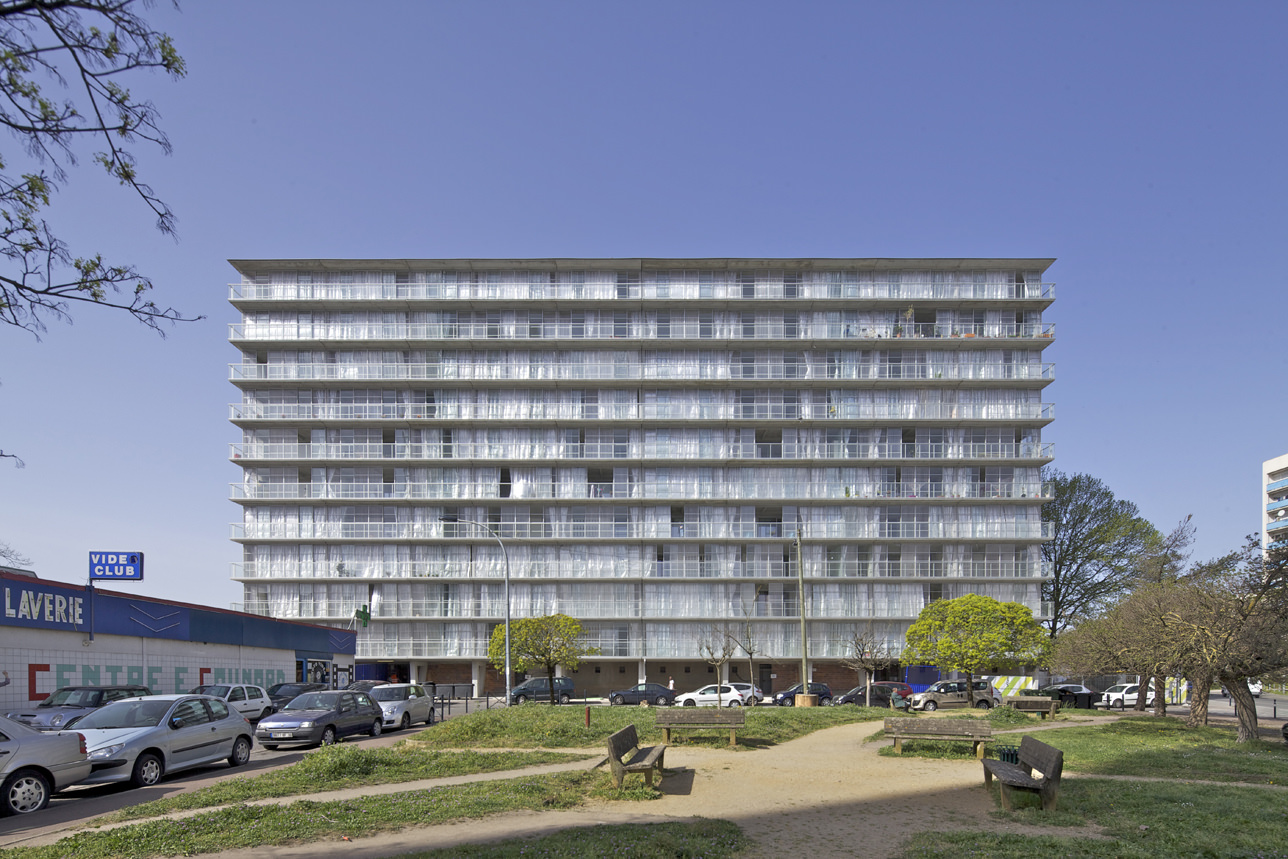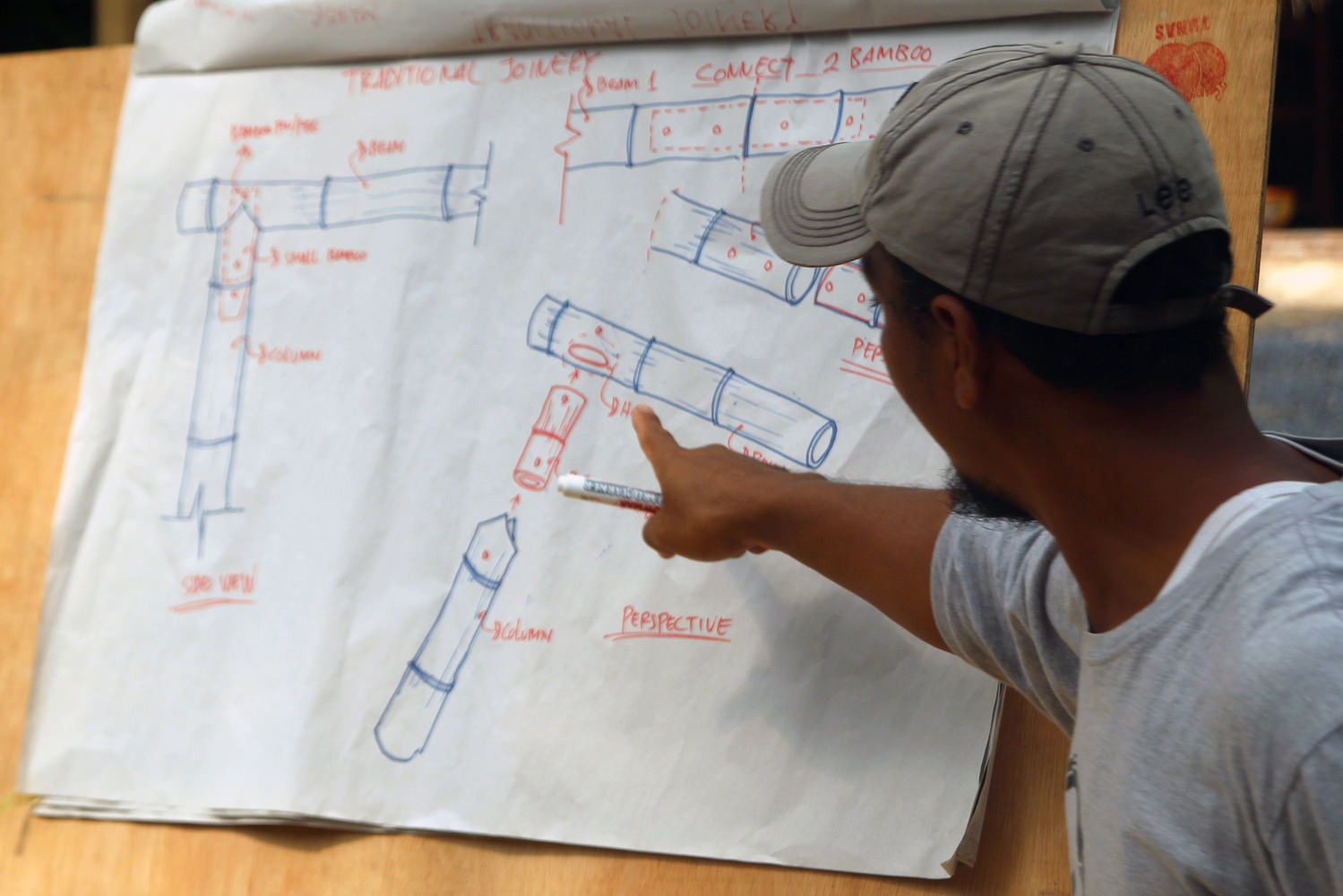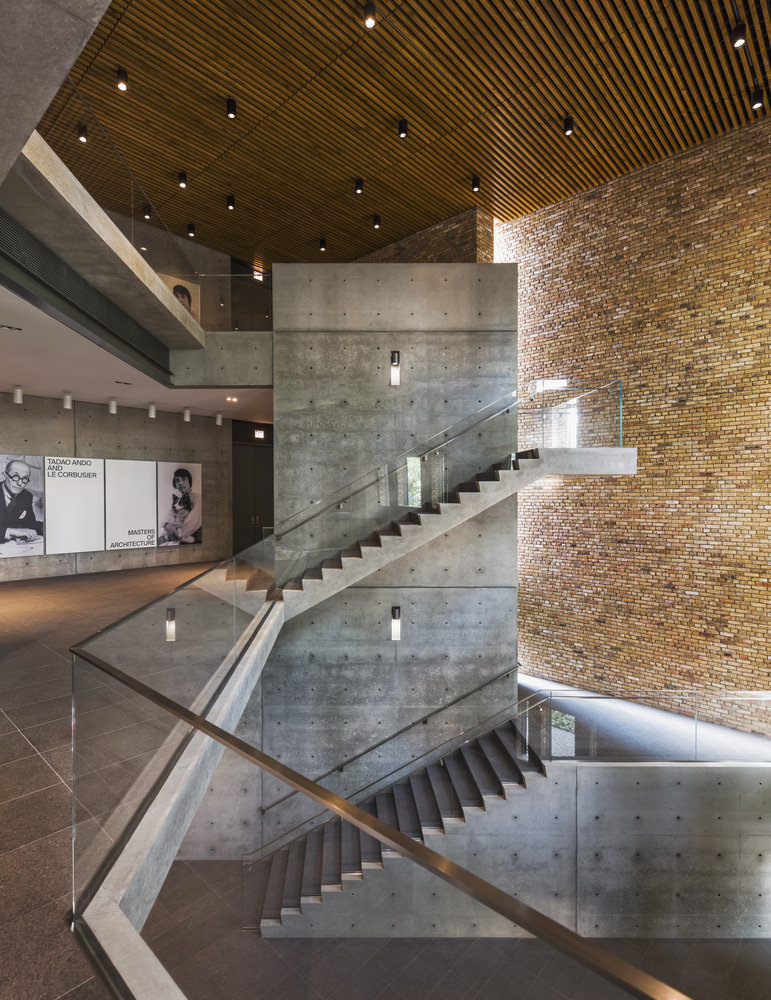Recycling, reuse and rethinking
Human economic activities depend naturally on the global ecosystem, and the potential for economic growth may be limited by a lack of raw materials to supply factories and share trading. While there are still some unexploited resources for some resources, such as some minerals, such as fossil fuels and even water. How can this material be recycled?
It is undeniable that the construction industry has a major impact on the environment. Huge amounts of resources, materials, water and energy are used, processed and consumed to carry out work and are limited to the useful life of buildings.
Zero waste in architecture
It is true that humankind can no longer exploit environmental resources as if they were endless, and above all, they must stop generating a lot of waste. Becoming more resource efficient is a way to achieve sustainable economic growth. This means lower demand for resources and energy as well as less waste generation.
It is always wise to think that when talking about the environment, there is nothing to “dump”. This mantra problem raises statistics that show that in Brazil, for example, construction waste accounts for between 50% to 70% of the total waste generated.
Circular economy seeks to maximize the proper use and disposal of recyclable and organic waste, as well as reduce (or even stop) the disposal of these materials in landfills.

Unlike linear economics, where the product is created, used and then wasted, in circular economics it returns to the production process. This is how the relationship between economic growth and increased consumption of natural resources can be broken through more efficient, intelligent and sustainable operations.
The Zero Waste concept is already taken up by cities, companies and others, Zero Waste is an ethical, economic, effective and visionary goal to guide people to change their practices and lifestyles to encourage sustainable natural cycles where all materials are designed to enable recovery and deployment.
The idea of belittling can be very complicated. It could mean reducing the amount of concrete in the structure by changing its size with a specific study, or designing lightweight systems that use less raw materials and fewer resources instead of heavy heavy structures.
It can also mean reducing on-site waste generation by choosing dry construction systems. Reduction may be especially effective when the need for cooling or heating is eliminated by correctly identifying materials, or the carbon footprint is significantly reduced by using a material that is produced near the work site. Thinking about the full life of matter is also necessary. To serve for a longer period and its suitability for a longer period, what is the best destination for it after the end of its useful life? Longer-lived materials can be considered a wise decision.
In a more sustainable world, it needs to pass through cities, where more than half of the world’s population lives and where more than 80% of the world’s total energy is consumed. In this sense, the reduction may indicate the size of the urban area, since compact cities focus on diversity, opportunities, knowledge and culture, which leads to improved infrastructure related to efficient transportation systems.

Reuse can be processed using materials such as solid wood or even structural steel parts, paint, glass, partition walls, etc.
It is also possible to refer to the re-use of buildings for new purposes, converting factories into offices, hotels into housing, before demolishing and directing tons of rubble to landfills, then starting construction from scratch, the re-use of the current structure must be considered. There has been a lot of focus on this topic in recent years. As architects, during the design stage, it is also possible to create buildings that can have more flexibility in all stages of their useful lives, with different uses. Usually the free plan can be divided in the most convenient way for a specific use. Working in an intelligent style is something that will never go out of style. In this way, electrical and hydraulic installations can be designed to allow for specific possibilities.
Recycling is the last in research and development, but not the least. It is about harnessing waste to create another product, which may have different or similar characteristics and uses. This prevents the material from being disposed of and overloading the landfill, which disrupts its cycle.
If we think about our cities and their huge stock of buildings that are already built and need improvement, then we can imagine the possibility of reusing materials in these structures, construction and closings.
There is already a name for this concept: Urban Mining. Instead of exploiting natural resources, backed by technology, “urban mining is a term that denotes the city of tomorrow. It connects a broad perspective with creative motivation and must be particularly emphasized with the useful and scalable tools that already exist. This includes those for estimating secondary raw materials, Recovery and recycling technologies, digitizing recycling patterns into structural information, profitability analyzes, and business sectors, such as those that process and recover valuable materials.
Flexibility and material reuse are key aspects of sustainability. The construction industry must really change and adapt to the needs of the new era. Instead of being an underdeveloped industry, consuming and relying on scarce natural resources, it has the potential to become a carrier of change that will affect many other areas.

With more than half of the world’s population in cities, this future will inevitably depend on the recovery and recycling of building materials for the “urban ecosystem” and an increased awareness of the role of the architect on every action it takes to do so, in addition to thinking about and building sustainable high-performance buildings, it is necessary to consider Expectations and interests, especially involving people in operations.
Read also: Smart Interfaces: Buildings that adapt to the climate



 العربية
العربية
Comments are closed.